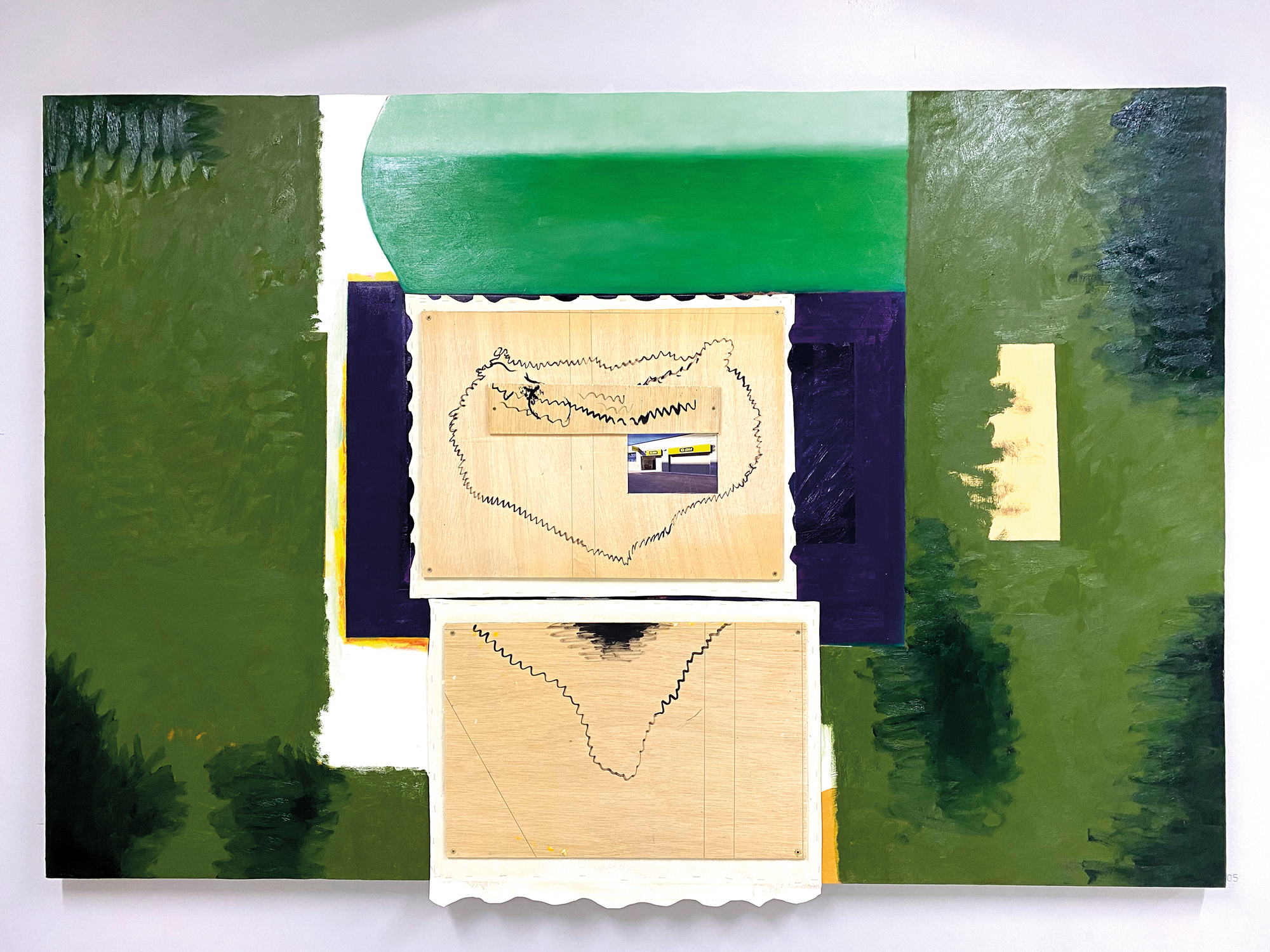In Tabakalera you can see L’Intrus, and there is this work. “The L’Intrus exhibition is part of Jean-Luc Nancy’s namesake book. Nancy represents the stranger, the stranger, as a transplanted heart. The body, its body, needs the unknown, but there is always a risk that the unknown will be rejected and therefore killed.”
It is the text that accounts for the exhibition, but it can be confusing. “There is always a risk that the stranger will be rejected and therefore killed,” he should.
In fact, the philosopher Jean-Luc Nancy, born in Bordeaux in 1940, underwent a "sincere change" in his heart and was transplanted. This fact (how not) had become a milestone in his thinking. He tried to understand his body in L’Intrus, how it changed with the heart of another, and how not, and how his body received the strange heart.
Nadia Barkate Barreiro (Bilbao, 6 August 1980) depicts the monsters that emerge when strangeness is explained in our daily lives. The organic form, the beings born of who knows where, the face that has formed at the tips of the fingers, sometimes draws all kinds of stupids. On other occasions, he takes the day to the cutting room, and he inserts the scalpel into his strange heart.
“Sometimes I think I have an essentialist and naive obsession with the products that human beings make, and that my themes have that obsession, the idea of the person, or of collective identification, or feminism, or of the future, or of the tradition or youth of art, or of technique or trait.”
After all, after all. Our bodies are heavy dreams, flesh and soul, flesh and ghost, like the place, the century, and the second that the universe and the atom are crossing.
Bussum (Netherlands), 15 November 1891. Johanna Bonger (1862-1925) wrote in his journal: “For a year and a half I was the happiest woman on earth. It was a long and wonderful dream, the most beautiful one I could dream of. And then came this terrible suffering.” She wrote... [+]
























